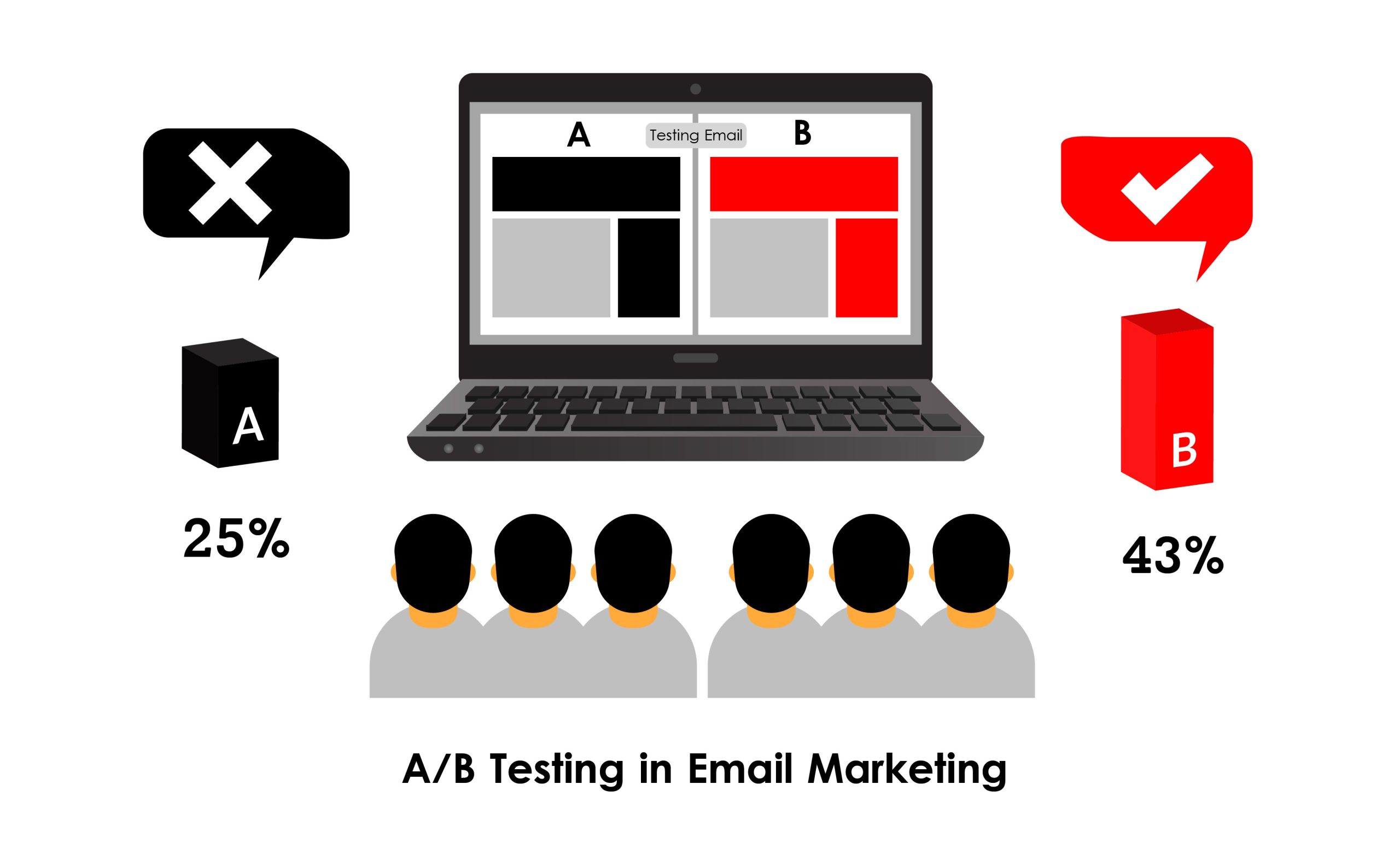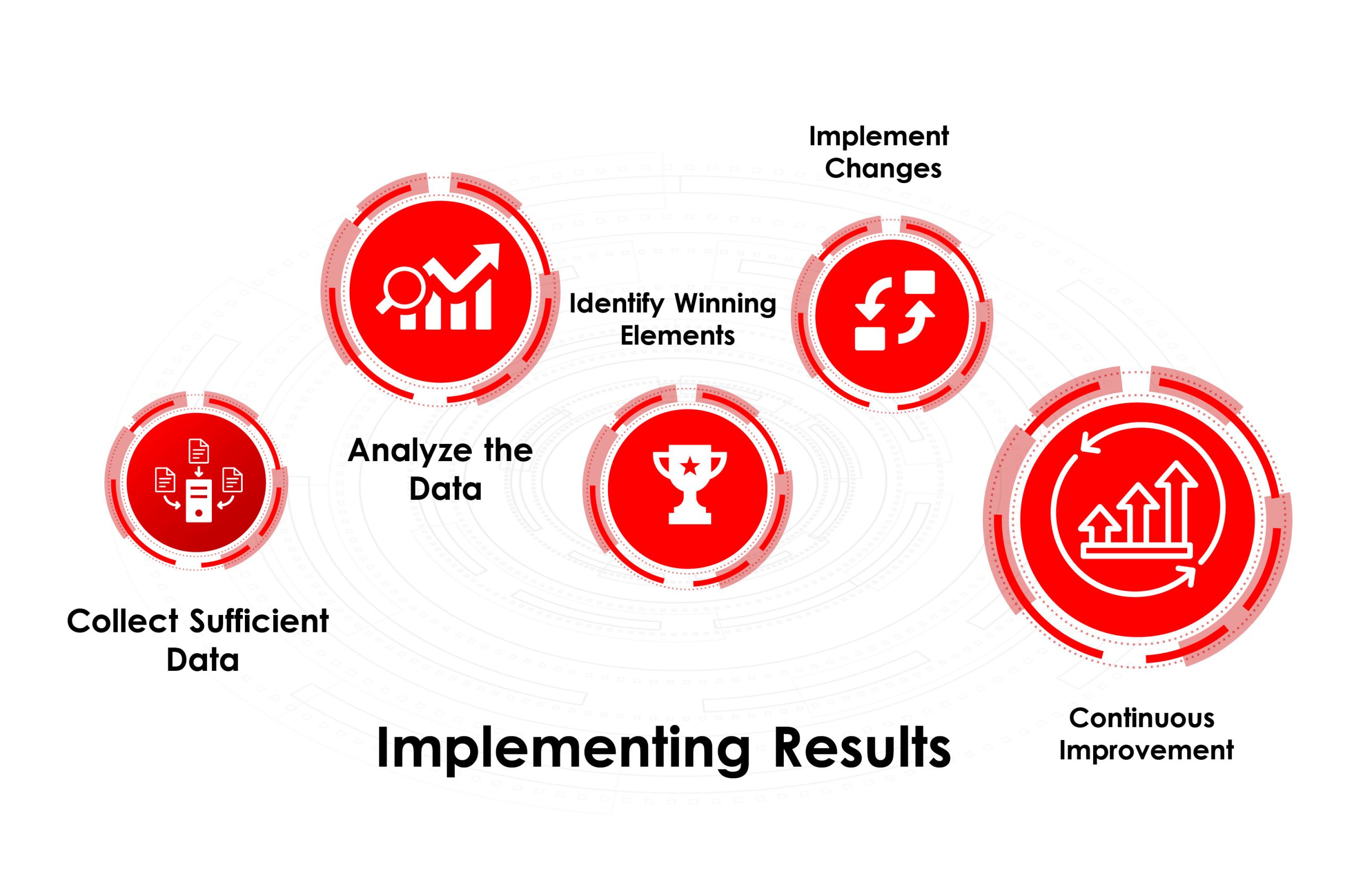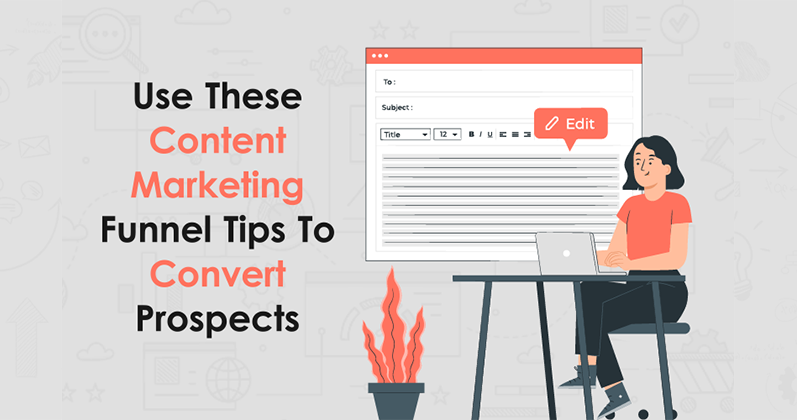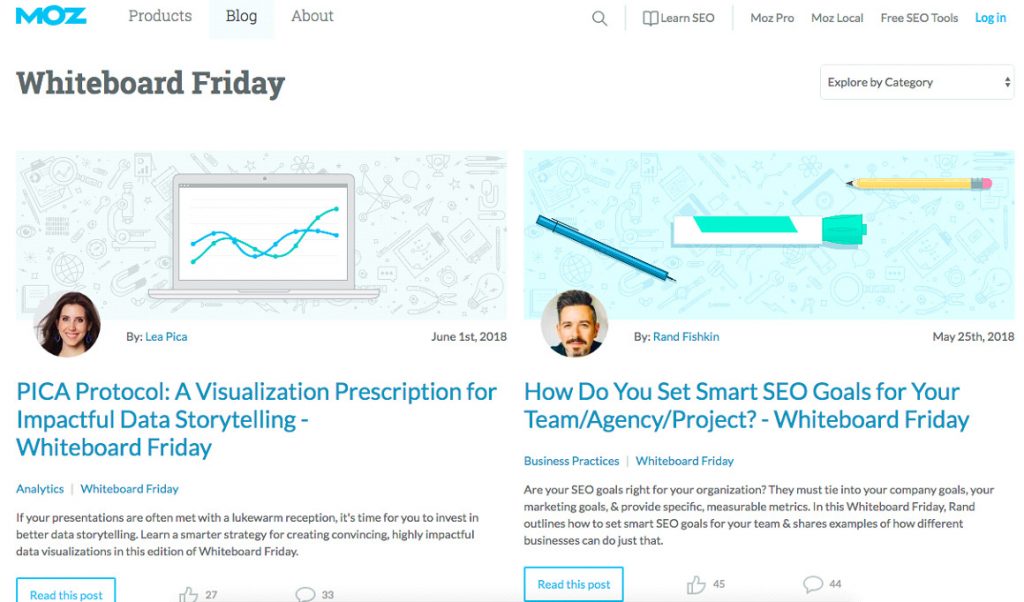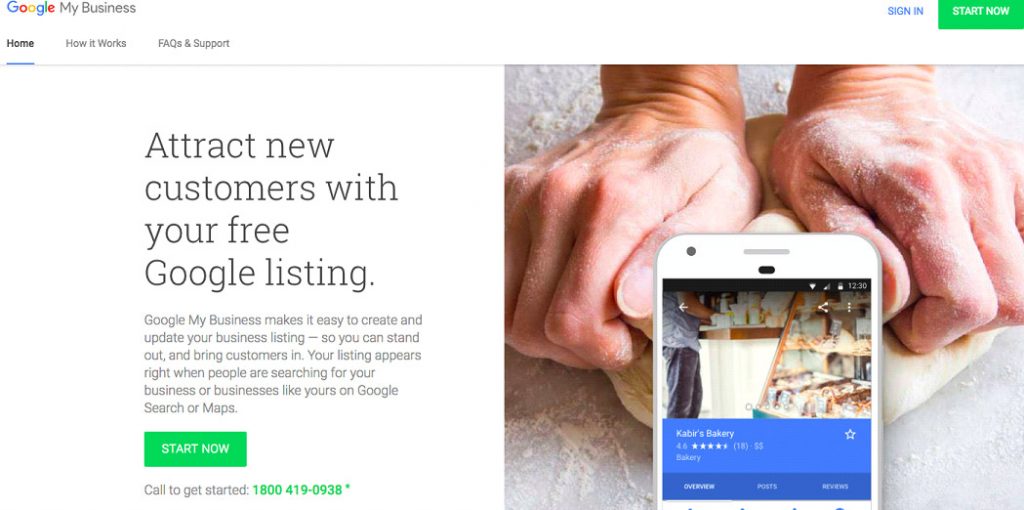How A/B Testing Works in Email Marketing
1. Choose Your Audience

The right audience for an A/B test is of utmost importance. Ideally, they should be as similar as possible in demographics, interests, and past behavior. That will help you ensure that variations in performance between two versions of your email are due to the particular element you are testing and not variation within the audience itself.
Suppose you are testing two different subject lines. You wouldn’t want to send one of them to a segment of super-engaged subscribers and another to a segment of much less engaged subscribers. Otherwise, you’ll skew your results and have trouble extracting a proper conclusion.
2. Create Two Versions
The essence of A/B testing is about isolating the impact of a single change. This is achieved by creating two versions of your email, which only differ in one aspect. You might, for instance, test two different subject lines but keep the rest of the email identical.
You could also test two different call-to-action button colors or two different versions of your email content. By testing a single variable, you will come to understand the effect of that variable on your performance.
3. Distribute the Emails
Now that you have your two options for an email and the targeting audience lists you wish to send to, it’s time to distribute them to your email recipients. Distribute equal numbers to recipients in both segments so the results of your study come out as statistically relevant as possible, thus mirroring your average audience.
4. Monitor and Evaluate
After sending your emails, closely track their performance using the built-in analytics tools of your email marketing platform. These are key metrics to be tracked:
- Open Rate: The percentage of recipients who opened your email.
- Click-Through Rate: The percentage of recipients who clicked on a link within your email.
- Conversion Rates: Percent of the recipients that undertake your preferred action, whether you want them to buy a product, submit an online form, or land at a specific page on your website.
5. Analysis of Test Outcomes
Once you have an adequate amount of data, make sure you analyze your A/B test analysis objectively. You will determine which iterations of your email campaign were more successful through analysis of the metrics tracked. You can then determine what specific factors worked in the winning version.
For example, if a certain subject line was responsible for a higher open rate, examine the wording, tone, and length of the subject line and see what struck a chord with your audience.
6. Use and Revise
Based on your testing, apply the best version of your email or inject the best practice ideas into your follow-up e-mails. Continuously tinker with your e-mail marketing by regularly creating A/B variations so that these variations can continually be tested against each other.
Testing and then using the data produced by each test will continue to improve your mail performance. It’s a step toward beating your target or reaching at least that benchmark of meeting the target marketing campaign.
